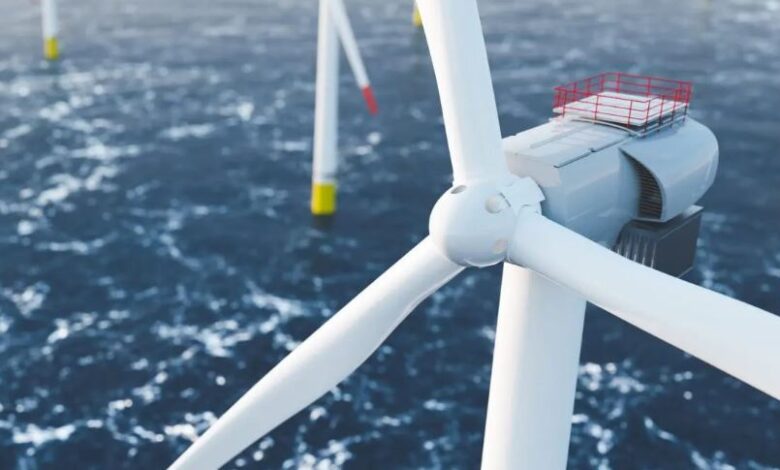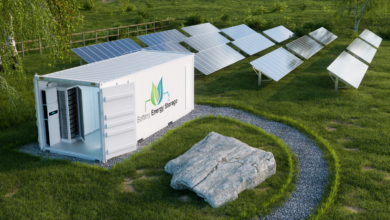New boost from Plenitude to floating offshore wind in Italy
(sustainabilityenvironment.com) – Plenitude, Eni’s Benefit Company, continues to grow its commitment to floating offshore wind in Italy. The latest major project in this field belongs to greenit, the joint venture between Plenitude and CDP Equit created in 2021 to support electricity production from renewable at the national level. On March 22, the company signed an agreement with Copenhagen Infrastructure Partners (CIP), the largest fund manager dedicated to greenfield investments in renewables. Objective? To realize three new offshore wind farms “without fixed foundations” in the laziali and sardinian waters. An important initiative for a country in the midst of the energy transition, which would offer more than 2 GW of new green capacity.
2 GW of floating wind power operating between 2028 and 2031
The agreement looks to the deep sea. The future wind turbines, thanks to the technology of floating platforms, will be in fact about 30 kilometers from the coast. Where the depths are deeper and the winds stronger, the agreement will develop three floating wind farms for a combined power of about 2,040 MW and an estimated annual production of about 5 TWh.
For the precision the plan previews to realize an offshore system in the Lazio waters, to wide of Civitavecchia, for a total ability of 540 MW and others two floating systems, respective from 500 MW and 1.000 MW, to wide of Olbia, in Sardinia. In all three cases innovative technical solutions will be used to minimize the environmental and visual impact. The plan is to make the plants operational between 2028 and 2031, downstream of the completion of the authorization process and the installation work to be carried out.
Offshore projects off Sicily and Sardinia
In fact for Plenitude and GreenIT is not the first initiative in offshore wind floating Italian. The joint venture had already signed an agreement with Copenhagen Infrastructure Partners in April last year.
An agreement aimed, in that case, at the development, construction and management of two wind farms off the major islands: one in Sicily, in the waters of Marsala, consisting of 21 turbines for a total capacity of about 250 MW; one in the sea area in front of the south-coastWestern Sardinia consists of 42 wind turbines, for a combined power of over 500 MW. Both plants will be built on floating platforms located over 35 km from the coast.
This means the entire offshore wind portfolio of the partnership in Italy will reach a power of almost 3 GW. The estimated annual production – about 7 TWh – will be able to meet the electricity needs of about 2.5 million households, contributing significantly to the national decarbonisation targets of 2030.
The advantages of floating offshore wind
For Italy floating technology is the best opportunity to develop offshore wind. The plants are built on floating bases that do not require pylons or fixed foundations. This is a great advantage for seas such as the Mediterranean where the immediately deep depths make the installation of traditional offshore turbines difficult and inexpensive.
“Today – explains ANEV, the main association of wind energy in Italy – the use of floating platforms (floating offshore wind) allows the installation of plants even in areas where high bathymeters did not allow the design of turbines with fixed foundations (bottom fixed), greatly expanding the potential use of wind energy in the Italian seas“.
It’s not the only advantage. At large winds are stronger, more continuous and consistent, which can translate into a higher capacity factor and consequently lower level energy costs (LCOE). In addition, the technology also offers less visual and environmental impact. The construction of floating wind farms is inevitably less invasive than traditional projects with fixation on the seabed, also being able to rely on a simpler and more flexible installation.






